THE TOP 10 PLACES IN SWITZERLAND
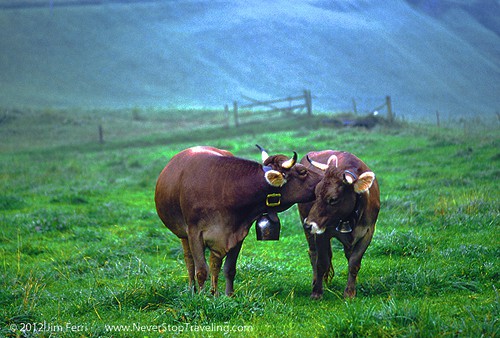 Switzerland, one of Europe’s perennially popular travel destinations, has fascinated American travelers ever since the days of the legendary Grand Tour. While its reputation for après-ski chicness, Heidi-like mountain villages and outstanding world-class hotels is renowned among tourists, if you peel back the promotional veneer you’ll discover a multi-faceted destination that transcends the tourist-brochure hype and provides a world of experiences for the more sophisticated traveler.
Switzerland, one of Europe’s perennially popular travel destinations, has fascinated American travelers ever since the days of the legendary Grand Tour. While its reputation for après-ski chicness, Heidi-like mountain villages and outstanding world-class hotels is renowned among tourists, if you peel back the promotional veneer you’ll discover a multi-faceted destination that transcends the tourist-brochure hype and provides a world of experiences for the more sophisticated traveler.
For those travelers, here are the top tourism destinations in Switzerland, as reported by Switzerland Tourism. (Photos courtesy of Switzerland Tourism unless otherwise noted)
1. ZURICH
Zürich lies not only in the heart of Europe but also in the hearts of those who have made the city the top destination in Switzerland. Set on the northern shores of Lake Zürich with a magnificent view of the snowcapped Alps on the horizon, Zürich’s multicultural flair and variety of leisure activities makes it popular with travelers from all over the world.
The city’s downtown offers a unique mixture of attractions – over 50 museums and more than 100 art galleries, shops selling international fashion labels as well as Zürich designs, and the most flamboyant and lively nightlife in the country. Recreational activities range from sailing on the lake in the very heart of the city, to a spectacular hike on the Uetliberg Mountain.
The city is easy to reach, by train, plane or car. Its international airport is only a 10-minute train ride from downtown and Zürich’s Main Railway Station is regarded as a central European railroad hub.
2. GENEVA
Set between nearby Alpine peaks and the hilly terrain of the Jura, French-speaking Geneva lies in the bay where the Rhone leaves Lake Geneva. With its humanitarian tradition and cosmopolitan flair, Geneva is the European seat of the United Nations and headquarters of the Red Cross, adding to its reputation as the “Capital of Peace.”
Travelers find the city’s old town, with its quays, lakeside promenades, elegant shops, parks and lively side streets, an inviting place to stroll. The famous Jet d’Eau, a fountain with a near-500 foot-high water jet that is set in Lake Geneva, is an icon of the city
Culturally, this city on the westernmost fringe of Switzerland has much to offer. International artists perform in the Grand Théâtre and the Opera House, and there’s a diverse range of museums including — what else — the Musée international de l’horlogerie, a watch museum with a collection of jewelry watches and musical clocks.
3. LUCERNE
To many travelers Lucerne is the essence of Switzerland. The gateway to central part if the country, it sits picture-perfect on Lake Lucerne, set below a beautiful panorama of the Alps.
Add to this picturesque setting a car-free old town with gable paintings; a covered, medieval bridge in the center of town (one of the oldest covered wooden bridges in Europe); historic houses decorated with frescoes; and charming town squares, and you’ll understand why Lucerne is perennially popular. But the traditional also stands side-by-side with modernity here, and the town has earned a reputation for innovative design. The futuristic Culture and Convention Centre (KKL), designed by leading French architect Jean Nouvel, is one the architectural highlights of the town.
Outside Lucerne you’ll find beautiful views on a trip up one of its nearby mountains, and enjoy a great experience on a steamship cruise along the beautiful lake. The city is a good starting point for excursions about central Switzerland.
 4. INTERLAKEN
4. INTERLAKEN
Interlaken, in Switzerland’s Bernese Oberland Region between Lake Thun and Lake Brienz, is presided over by the three mighty mountains: the Eiger, Mönch and Jungfrau.
Interlaken is considered the adventure capital of Switzerland and its more than 45 mountain railways, cable cars, chair lifts and ski lifts lead the adventurous to 150 miles of slopes and a dense network of hiking trails. Every day in the winter season, visitors benefit from the city’s central location by being able to choose from several different area ski regions.
In the warmer months those who like to paraglide head for Beatenberg-Niederhorn, a popular area just 7 miles away. Those with less lofty ambitions enjoy cruises on Lake Thun and Lake Brienz aboard excursion boats, including historic paddle steamers.
 5. LAKE GENEVA REGION
5. LAKE GENEVA REGION
The Lake Geneva Region, encompassing Lausanne. Lauvaux and Montreux, has two UNESCO World Heritage Site listings and is the fifth most popular area of Switzerland.
The setting of Lausanne is so picturesque it’s not surprising the International Olympic Committee has been based here since 1914. The town, built on three hills, is surrounded by vineyard-covered slopes, with Lake Geneva at its feet and the Savoy Alps of France across the lake. The attractive old town, dominated by the cathedral regarded as Switzerland’s most impressive piece of early Gothic architecture, is filled with cafes and boutiques shaping the streetscape in the medieval city center.
Nearby Lavaux is a wonderful world of vineyard terraces. At 800 hectares it is Switzerland’s largest contiguous vineyard area with terraces that not only offer magnificent views, but also produce such fine wines as St-Saphorin, Dézaley and Epesses. Travelers can taste them on visits to one of the charming pintes, mini-restaurants typical of the Lavaux.
Montreux, home of the world-famous Montreux Jazz Festival that takes place annually in June/July, is surrounded by vineyards set against the breathtaking backdrop of snow-covered Alps. Because of the exceptionally mild climate many plants associated with the Mediterranean, such as pines, cypresses and palms grow here.
 6. BASEL
6. BASEL
Bisected by the Rhine, and nestled between Germany and France, Basel is the third largest city in Switzerland. Given its geographical position it should come as no surprise that a diversity of cultures, a multifaceted history and modern art and architecture converge here.
Travelers know the city for its historic landmarks, including the large market square with its richly decorated red sandstone town hall and the late Romanesque-Gothic cathedral. Basel is known as “The City of Art” and its nearly 40 museums give it the highest density of museums in the country. Among them are the internationally known Basel Art Museum, the museum devoted to the iron sculptor Jean Tinguely, the Fondation Beyeler and the Museum of Cultures, all of which attract a great many visitors, as do several galleries and playhouses and its symphony orchestra, chamber orchestra and musical theatre featuring international productions.
The yearly Fasnacht (Carnival) is the most important celebration for the people of Basel. On the Monday following Ash Wednesday the city rises with the “Morgenstraich,” a colorful and brilliant procession through the streets of the city that begins when the lights of the city are extinguished at exactly 4:00am..
 7. ZERMATT
7. ZERMATT
In the Valais region of Switzerland, popular Zermatt lies at the foot of Matterhorn, the most photographed mountain in the world. Its location in the middle of an enormous hiking and ski region makes it one of the world’s most attractive vacation villages.
The ski region encompasses 63 mountain railways and more than 200 miles of slopes. The region called “Matterhorn Glacier Paradise“ is Europe’s largest and highest-lying summer skiing region, a place where many national ski teams train in the summer.
The region is also legendary amongst mountaineers: the Haute Route, a challenging international route that takes several days to complete, leads from Mont Blanc to Zermatt. Over 400 kilometers of hiking trails lead through and out of the Matter Valley, including the mule traders’ trails, which date back to the 13th century.
Zermatt’s hotels and restaurants are world-class and the air is clear, dry and clean – likely due to a law enacted in 1947 that allows only electric cars without a combustion engine to operate in the village.
 8. ENGADIN ST. MORITZ
8. ENGADIN ST. MORITZ
Located at 1,800 m above sea level in the alpine canton of Graubünden, and blessed with 322 days of sunshine a year, the 13 towns and villages of the Engadin St. Moritz region enjoy a gloriously mild microclimate. Travelers are lured here by a unique combination of chic atmosphere, authentic village tradition and unspoiled nature. The Upper Engadin provides spectacular mountain views, a seemingly endless expanse of lake plateau and, to some, a magical quality in the light.
The area has a fascinating cultural heritage – while Romansch is its official main language, German is spoken in St. Moritz, Italian in the neighboring valleys, French at the Club Med and a lot of English at the Cresta Run, a ¾ mile long toboggan track that winds its way from St Moritz down past the tiny hamlet of Cresta, to the village of Celerina.
 9. BERN
9. BERN
Of all of Switzerland’s cities, Bern, the capital city, is perhaps the most immediately charming. Crammed onto a steep-sided peninsula in a crook of the fast-flowing River Aare, its quiet, cobbled lanes are lined with sandstone arcaded buildings that have changed little over the past 500 years with the exception, perhaps, of the addition of modern shop signs and the odd car or tram rattling past.
The hills all around, and the steep banks of the river, are still heavily wooded. The old town of Bern is a UNESCO World Heritage Site, thanks in part to its four miles of arcades, which the locals refer to as “Lauben,” making it the longest weather-sheltered shopping promenade in Europe. Views of the area, especially of both the Old Town’s clustered roofs and of the majestic Alps on the horizon, are beautiful.
The Mediterranean region seems to begin on the southern side of the Alps in Ticino. There is a feel of Italy here, with palm trees and citrus trees scattered about, and streets winding their way down to little piazzas. This is Switzerland’s only Italian-speaking canton and here the Italian love of food, wine and la dolce vita somehow finds harmony with the Swiss respect for regulations and rules.
The city of Bellinzona, capital of the canton, and the valleys of Upper Ticino are beautiful and home to a rich gastronomy, fascinating art and wide stretches of unspoiled nature. Bellinzona’s three castles, defensive wall and ramparts of the old market town are listed as World heritage Sites by UNESCO. The city of Lugano, set on the lake of the same name, is Switzerland’s third financial center.
The Lake Maggiore region is exceptionally rich in contrasts and packed with variety – from the palm-lined lakeshores to glaciers, chic shopping and ancient traditions. The lakeside town of Locarno enjoys what is probably the best climate in Switzerland, with nearly 2300 hours of sunshine a year and an average annual temperature of 60°F. The town has several cultural events, including an international Film Festival.
The Mendrisiotto Region of Ticino s particularly well known for the delicious food and wine. At its traditional inns (called grotto) you can taste a wide variety of Ticino specialties and wines produced in the region.
 AND ONE ADDITIONAL…
AND ONE ADDITIONAL…
11. APPENZELL
The village of Appenzell and the Canton of Appenzell Innerrhoden are situated in a singularly beautiful landscape of rolling hills. The region is known for rural customs and traditions such as the ceremonial descent of the cattle in autumn and cultural events such as folk music and rustic dances, as well as hiking and biking tours in the Alpstein region.
With about 7,000 inhabitants, Appenzell is the political, economic and cultural center of Appenzell Innerrhoden, the smallest Swiss canton. The car-free village beckons with pretty lanes and a myriad of small stores and boutiques that are ideal for shopping and browsing. The facades of the buildings are decorated with frescoes. Appenzell Museum, which is in the town hall, shows a cross section of Appenzell’s history and culture.
A dense network of hiking trails crisscrosses the hilly landscape of Appenzell. The Alpstein region with 2500-meter-high rock formations lends itself to challenging hiking tours and climbing trips. Approximately 200 kilometers of cross-country tracks and three popular ski areas beckon in the winter.
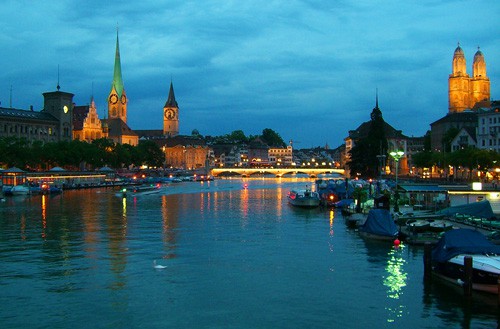
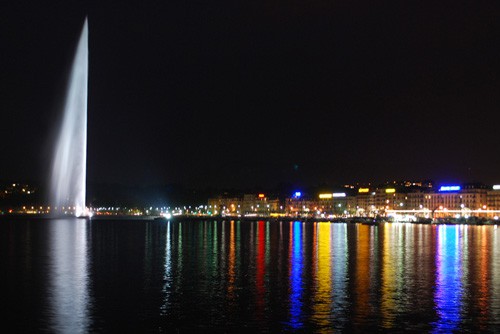
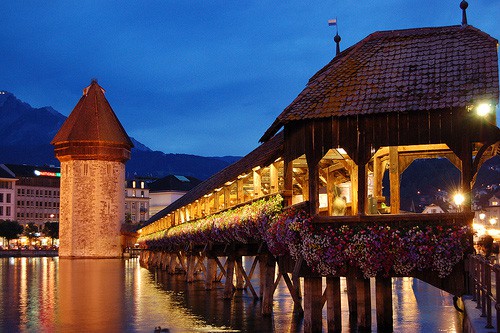
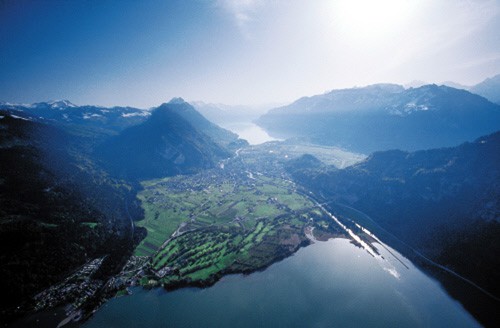
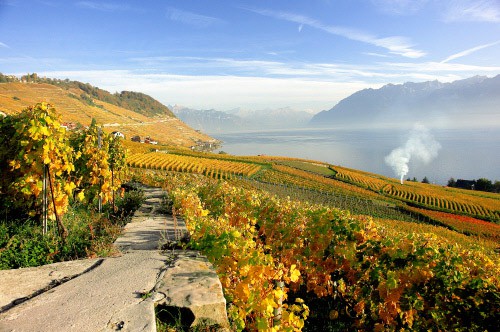
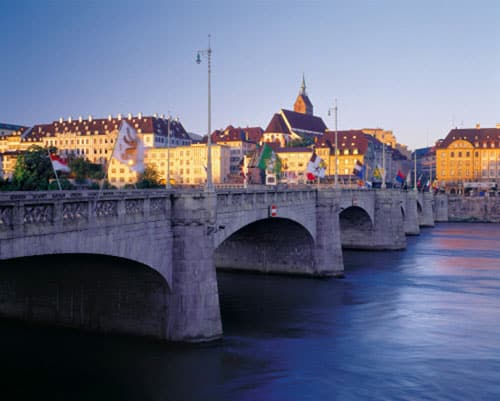
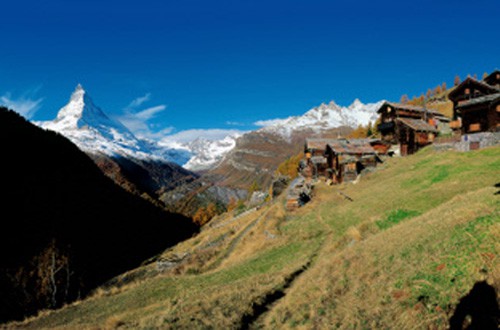

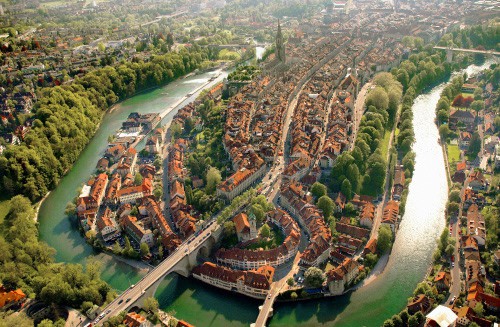
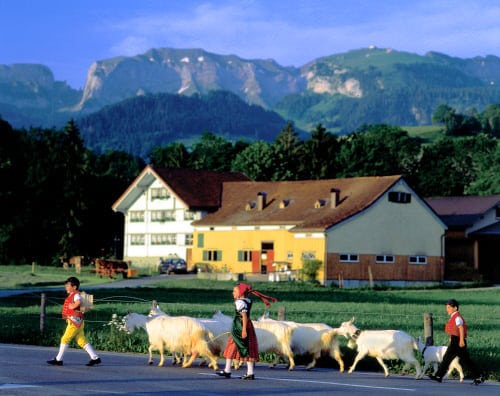
No comments:
Post a Comment